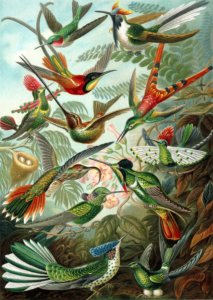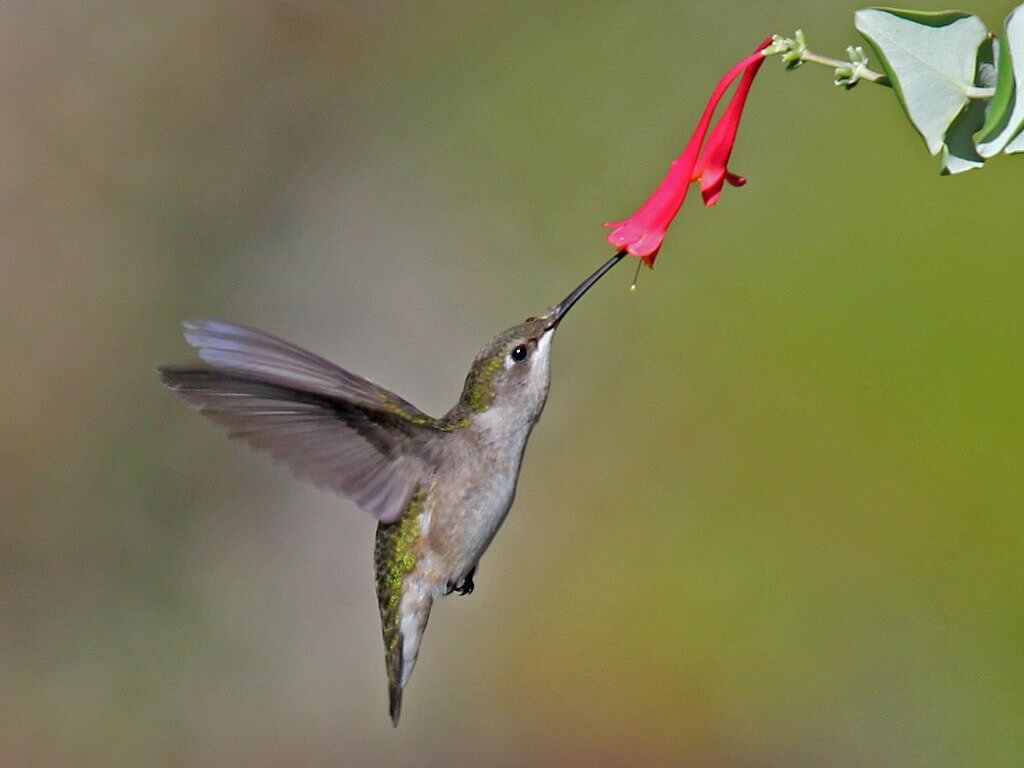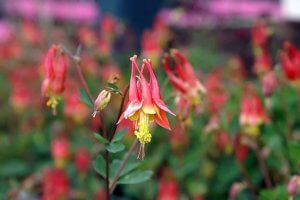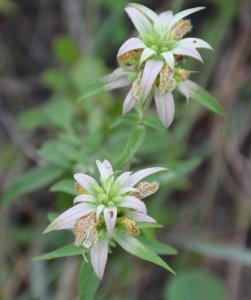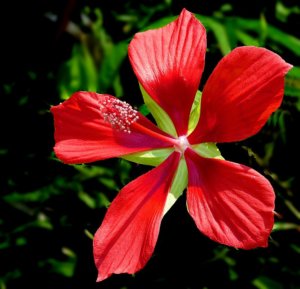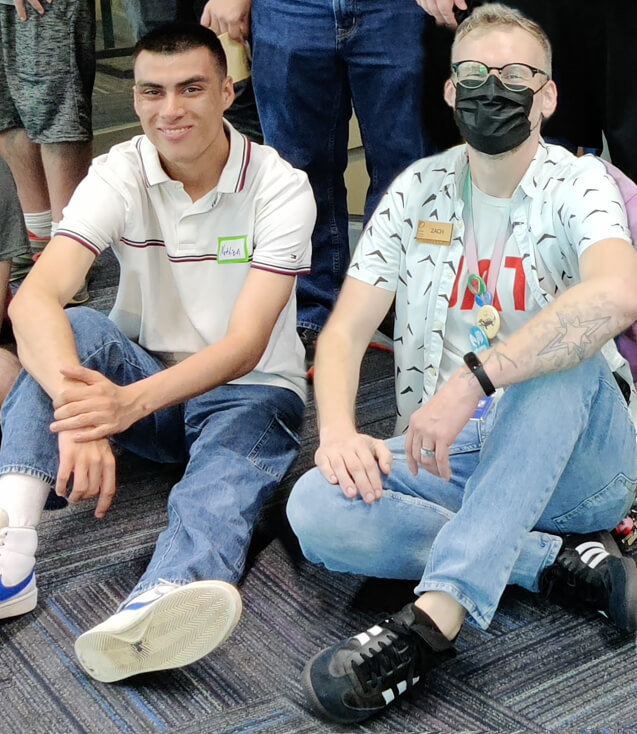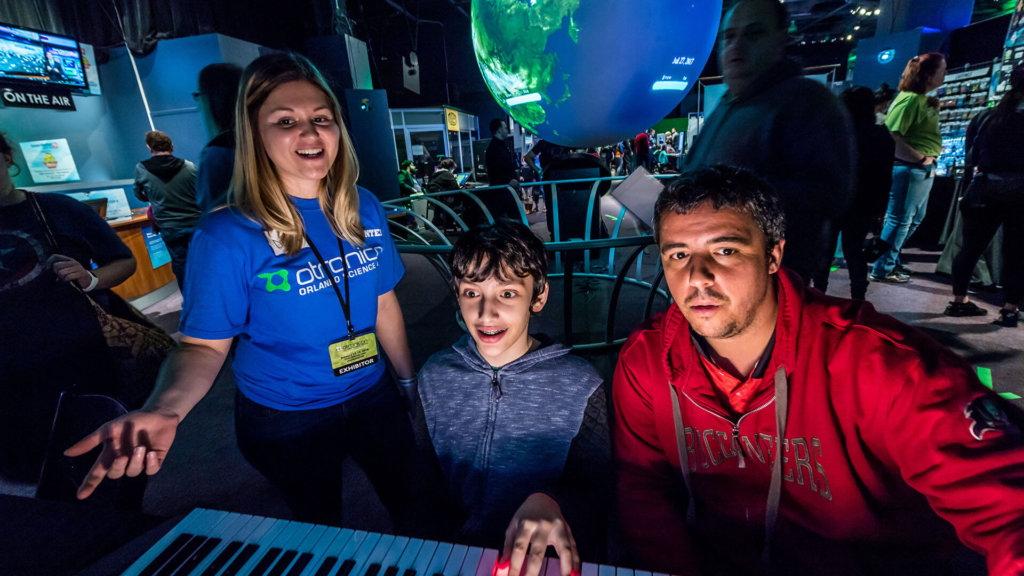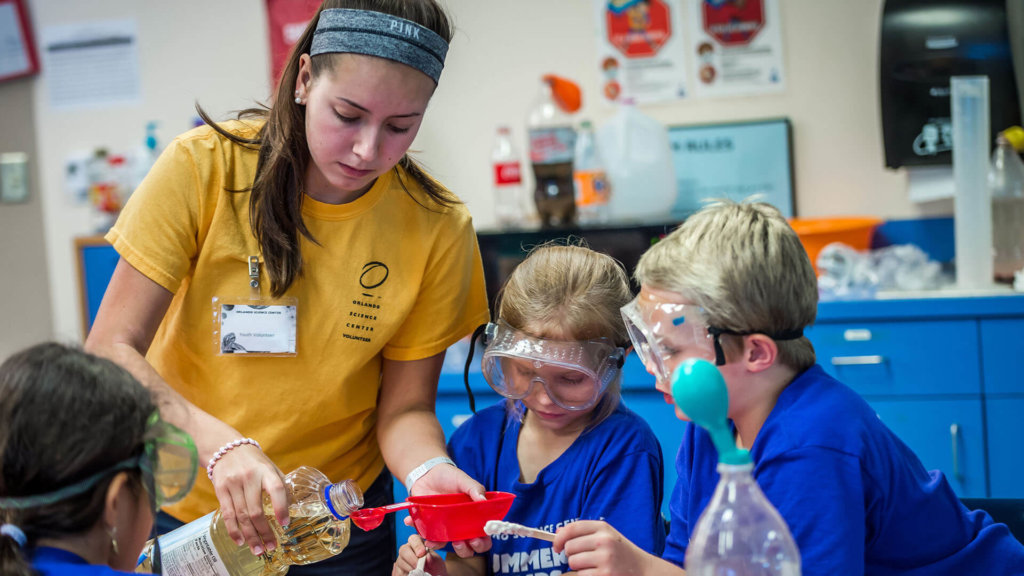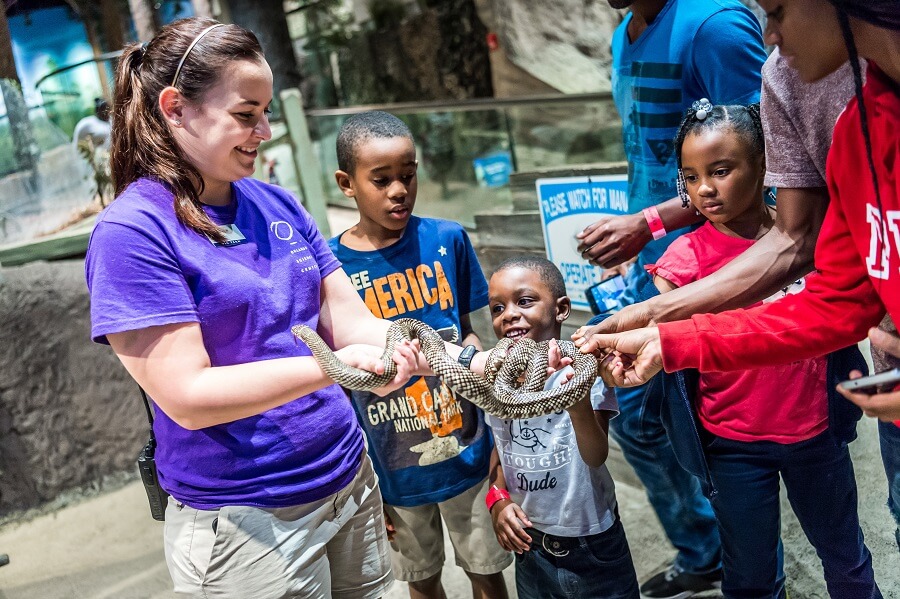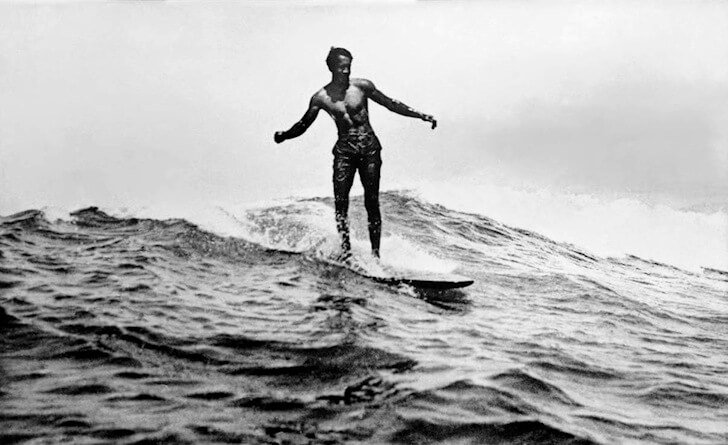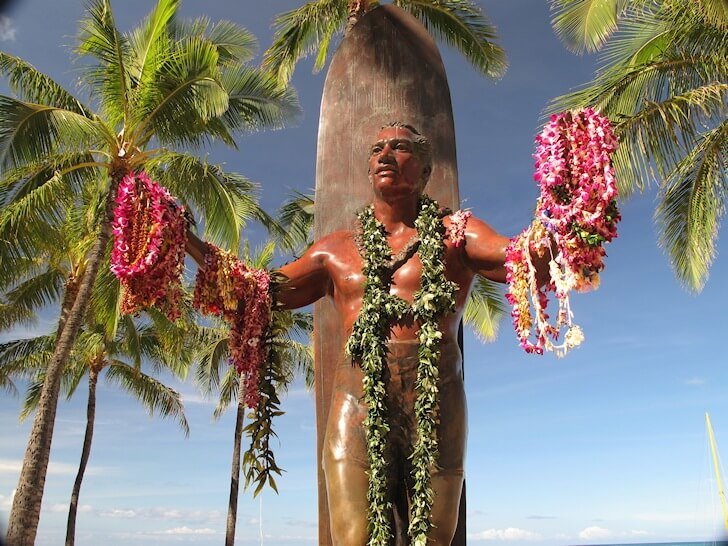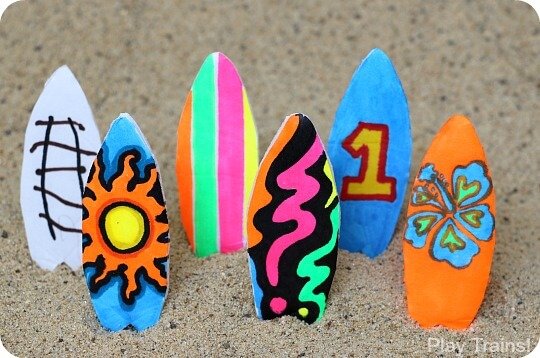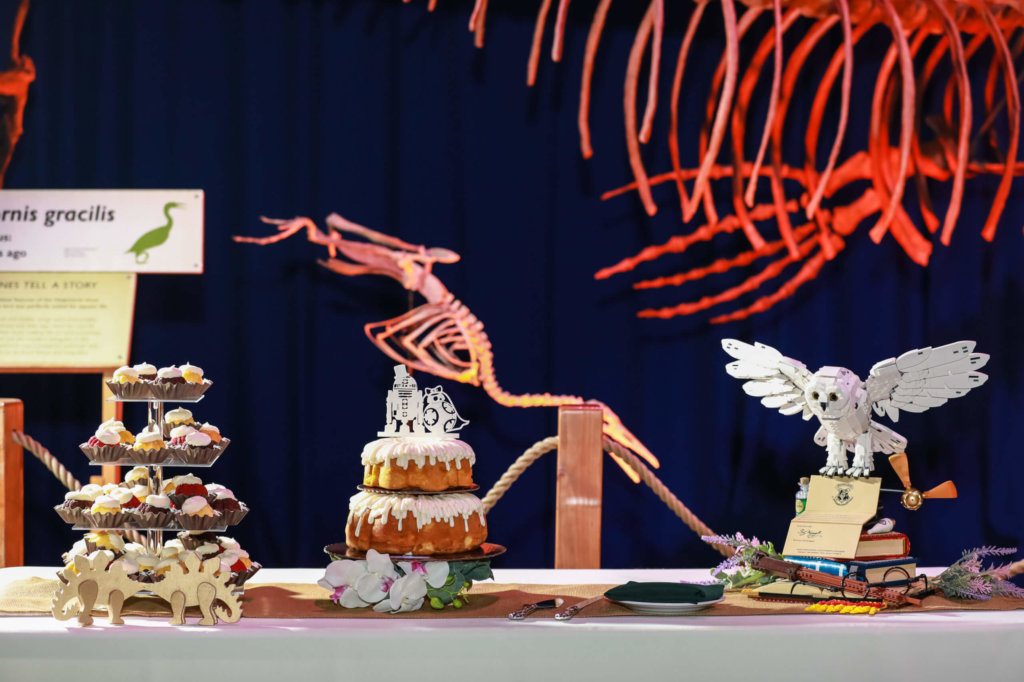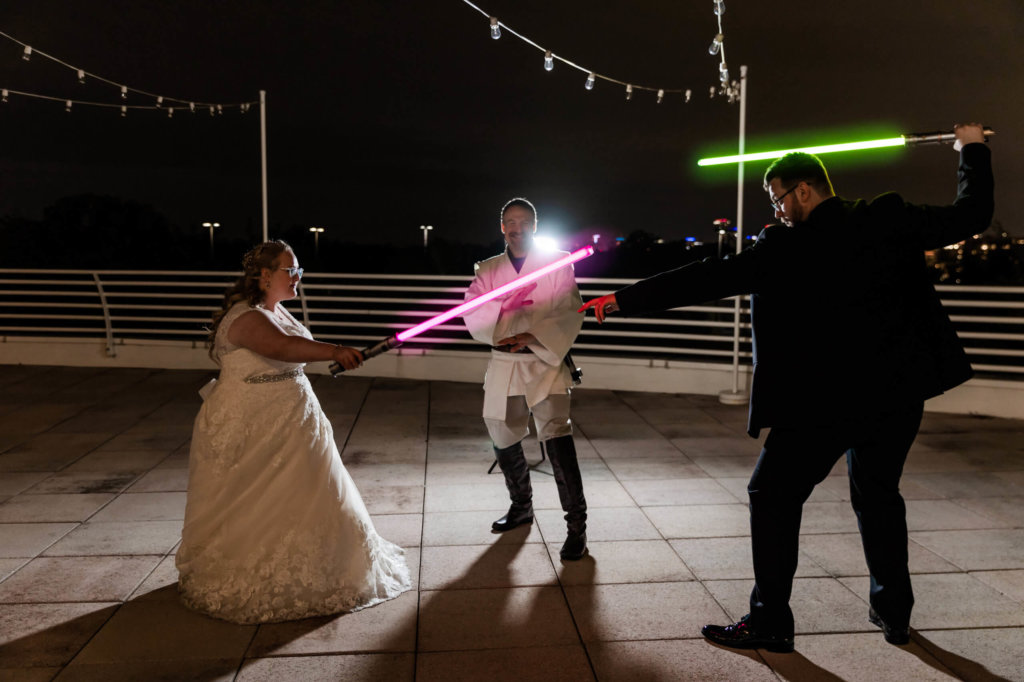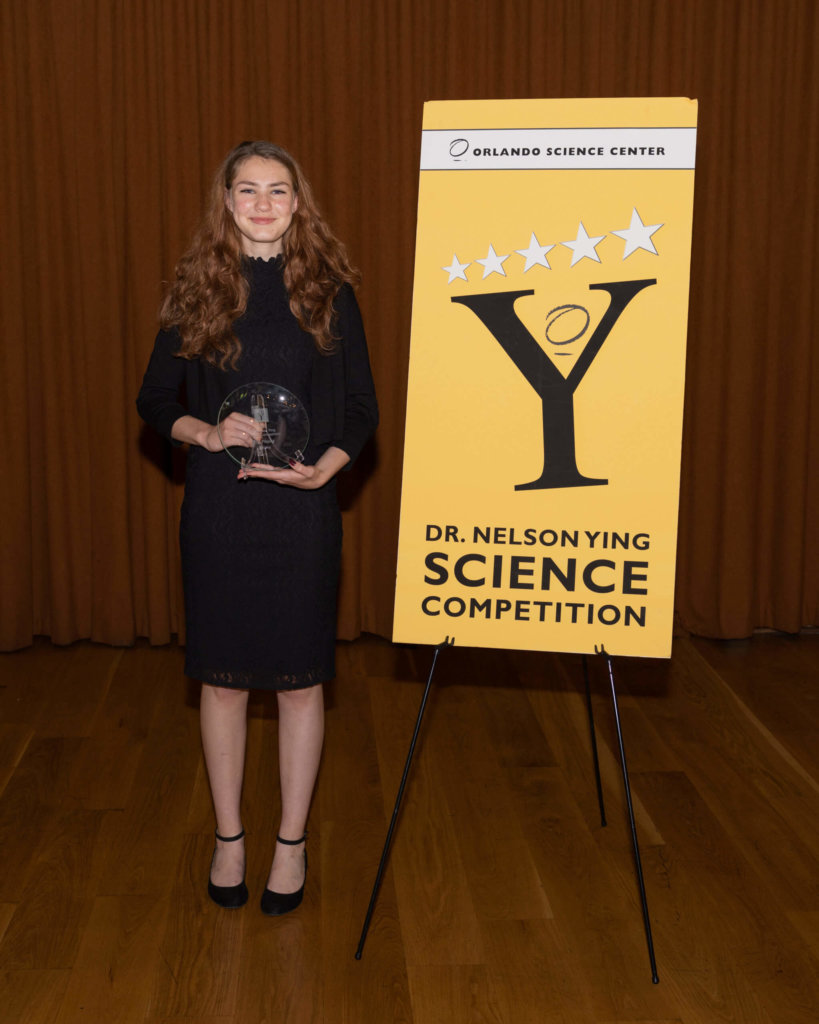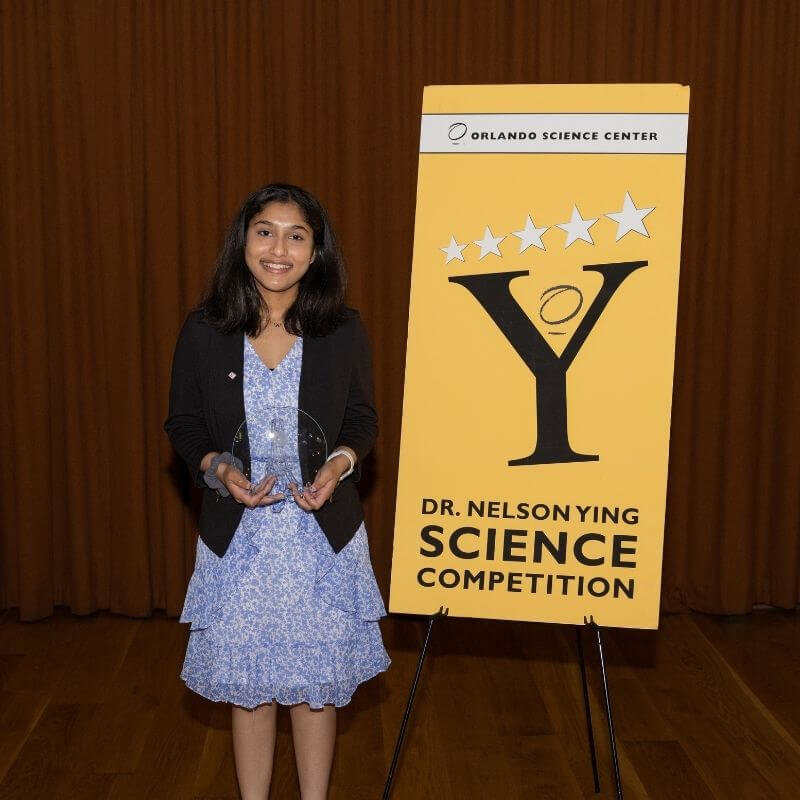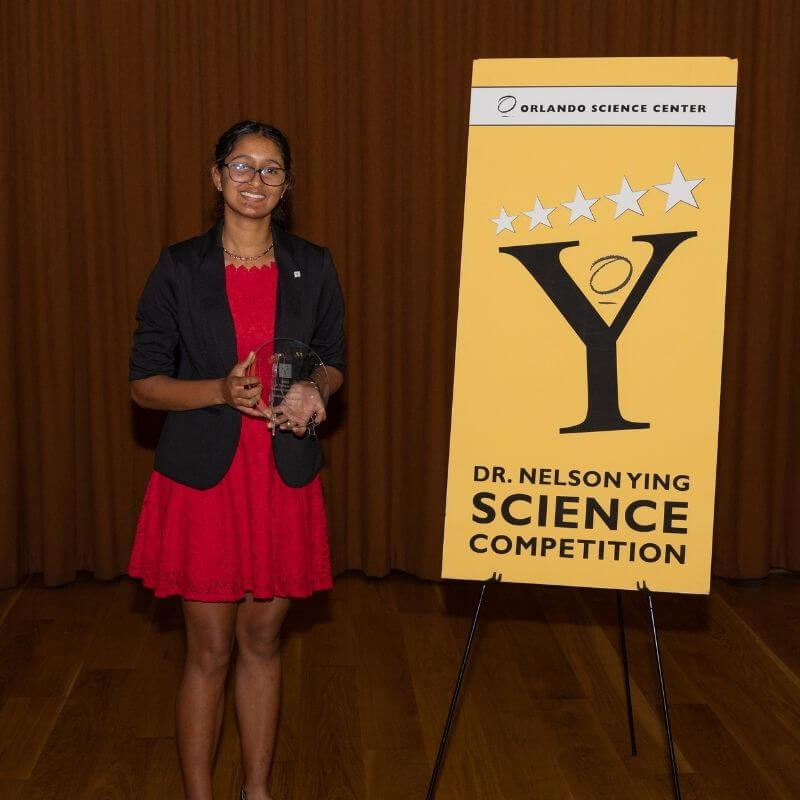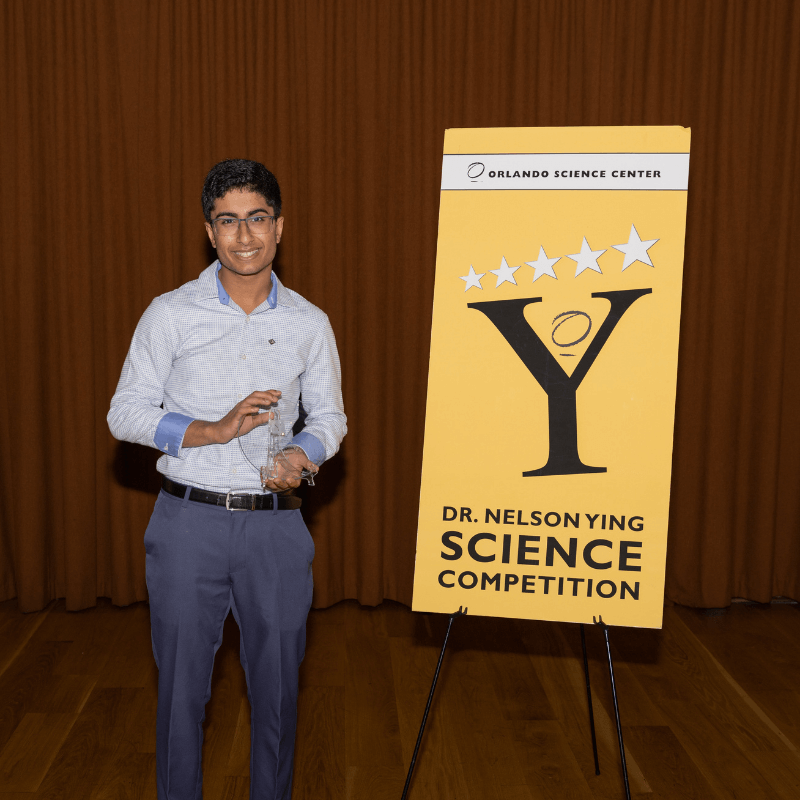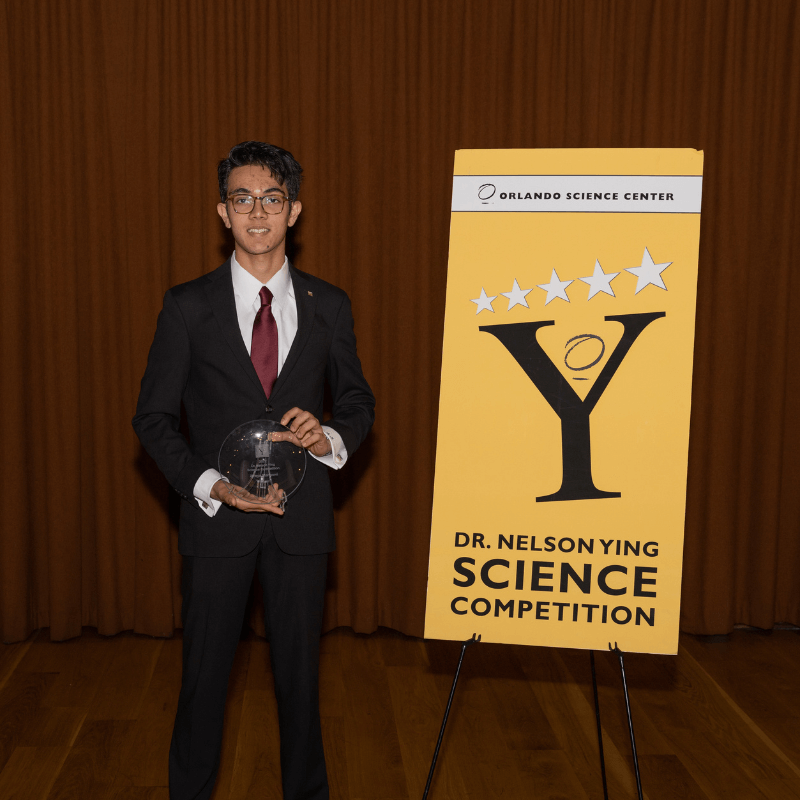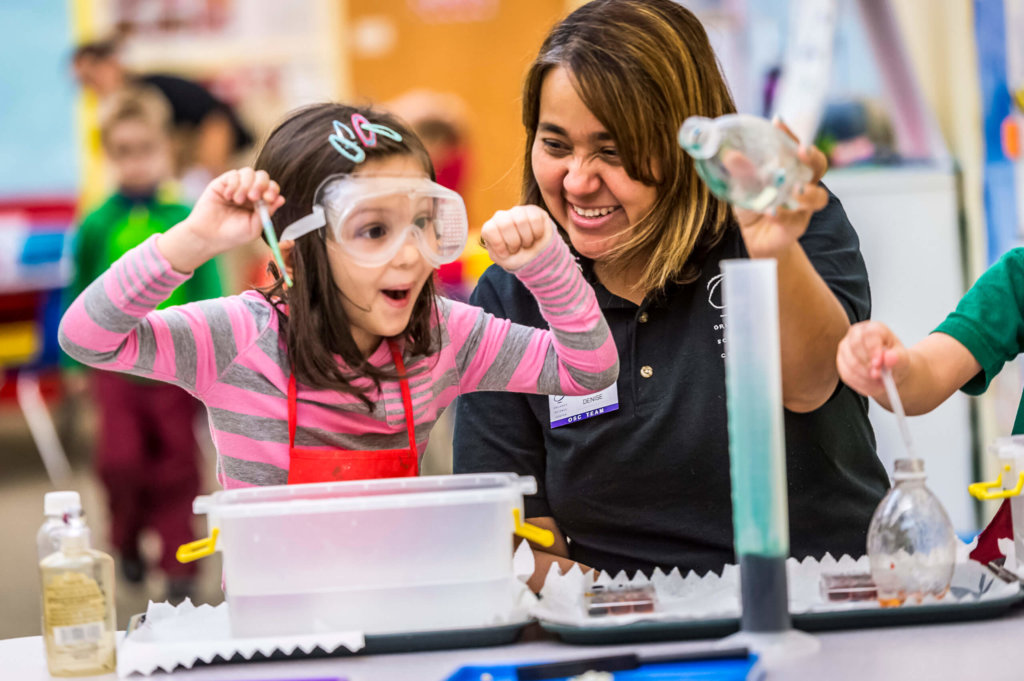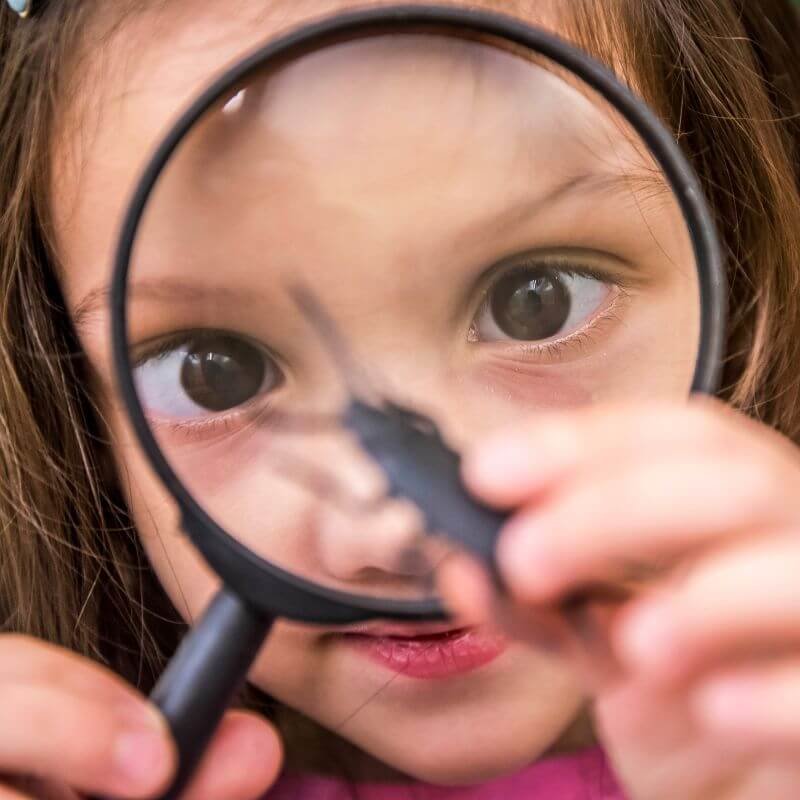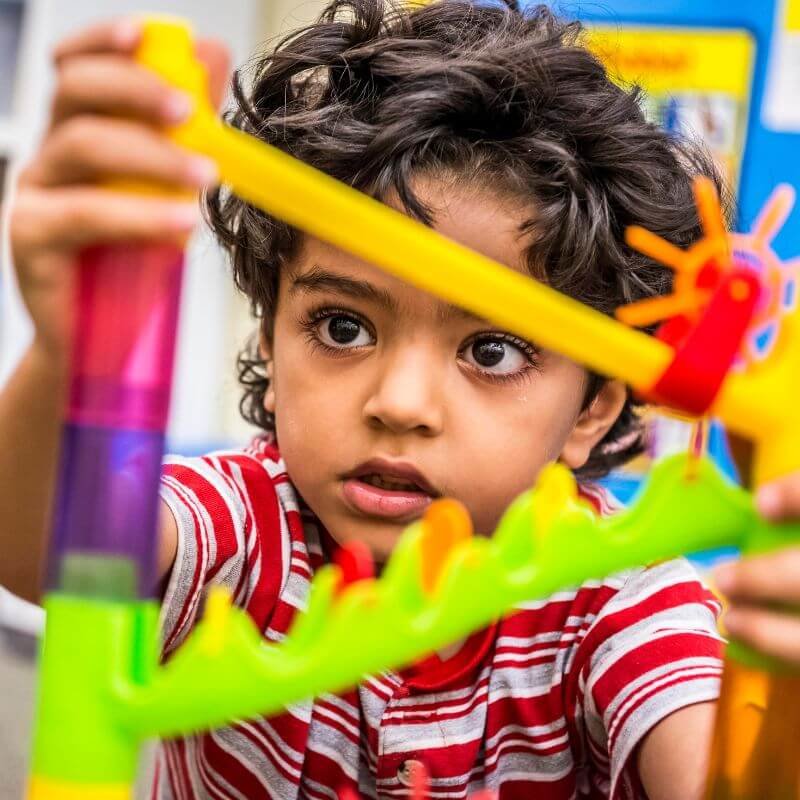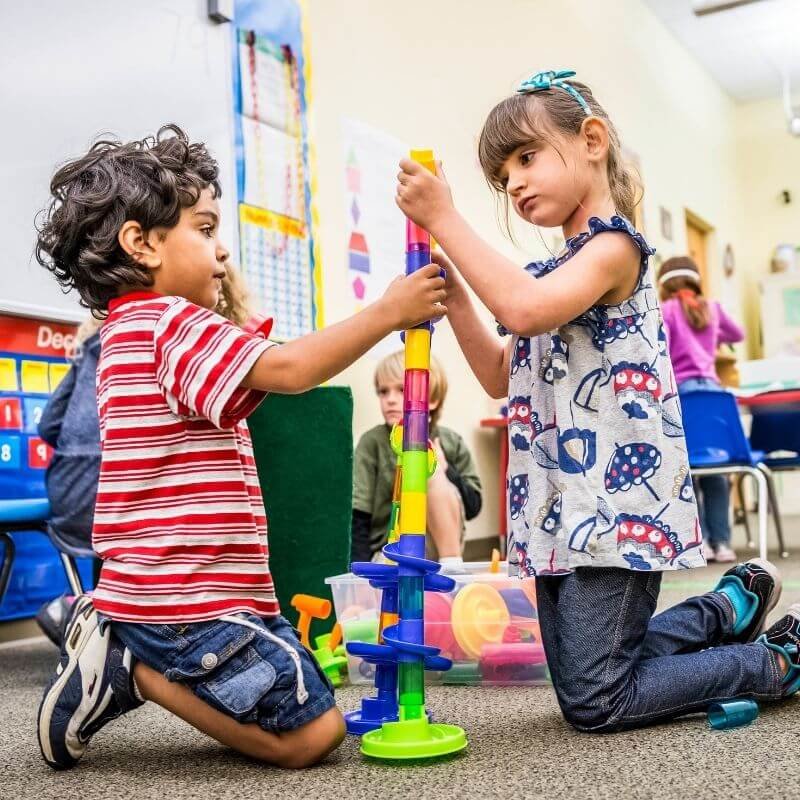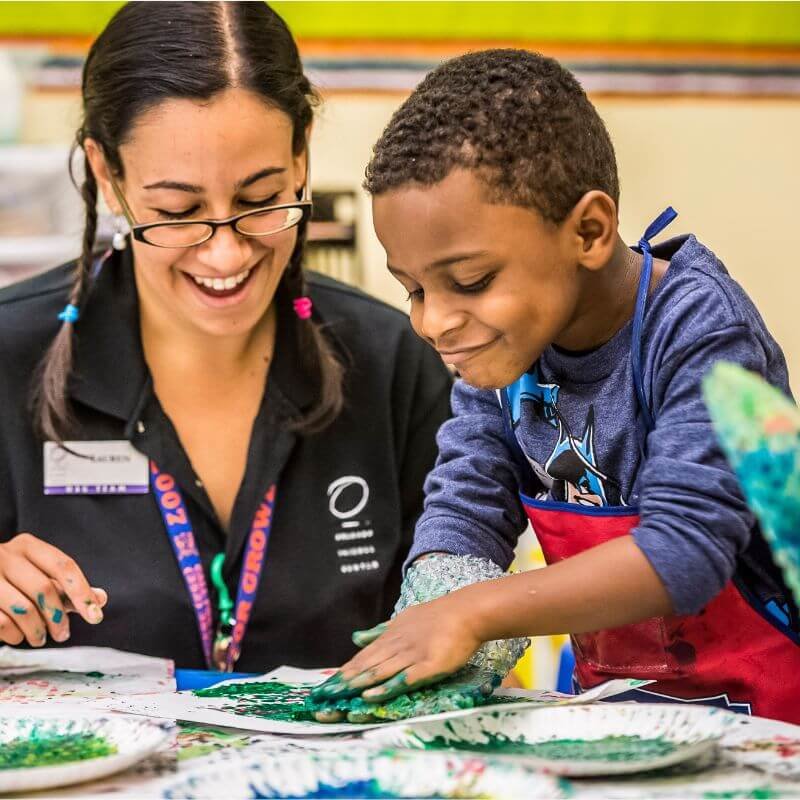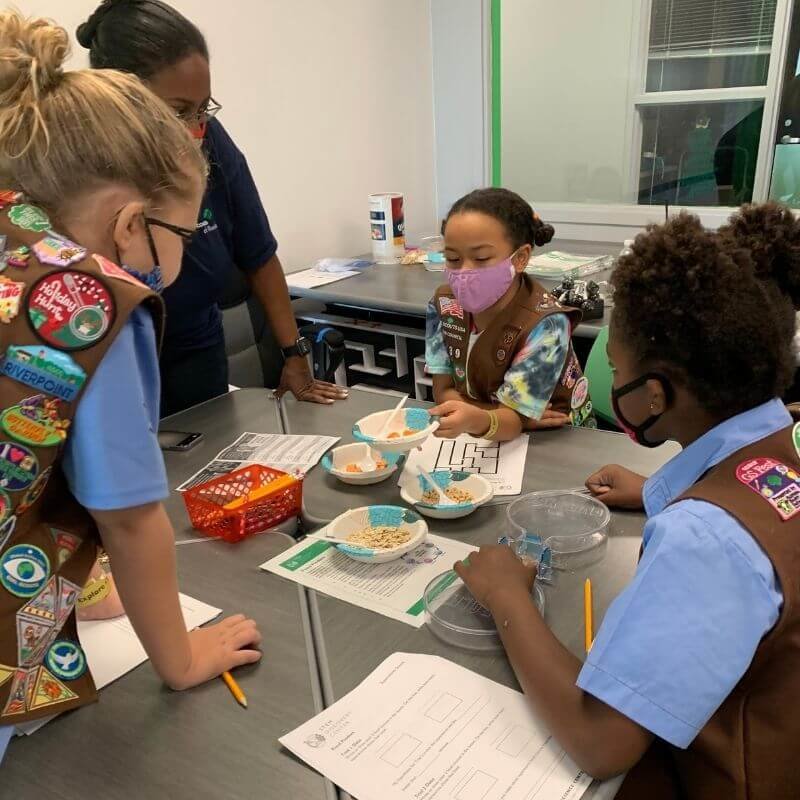Happy National Hummingbird Day!
Wildlife — Conservation — Awareness
National Hummingbird Day is celebrated each year on the first Saturday in September. Hummingbirds are incredibly adapted pollinators, which makes them very important to their ecosystems. Three quarters of the world's flowers depend on pollinators like hummingbirds, insects, and bats for pollination! Join us to learn more about these incredible, tiny birds, how we can support our fluttering friends, and even make your own Hummingbird Feeder!
Fun Facts About Hummingbirds
- Of the 338 known hummingbird species, all can be found exclusively in the Americas; 16 are found in the United States; and 3 occur in Florida!
- Hummingbirds can beat their wings up to 200 times per second, creating the humming sound that gave them their name.
- Hummingbirds can suspend their bodies in midair, fly backwards, upwards, and even upside-down, much like helicopters.
- Most hummingbirds will pollinate and feed from a wide variety of flowers, but they are mostly attracted to plants that produce:
- Large amounts of nectar with substantial sugar content to sustain their high-speed habits.
- Red and orange flowers or bracts.
- Flowers that are long and tubular and point downward.
- Long stamen that deposit pollen on the hummingbird's forehead.
What We Can Do to Help Hummingbirds
- More than half of the hummingbird species live in the tropics, so purchasing shade-grown coffee is an effective way to protect hummingbird habitats.
- In Florida, hummingbirds nest spring through summer, so having lots of tubular flowering plants and hummingbird feeders is helpful!
- When shopping for a hummingbird feeder, choose one with red fixtures, multiple feeding stations, and a means to monitor nectar levels. It’s best to clean your feeder once a week with hot water.
- Petroleum jelly is an environmentally friendly way to deter pests such as ants from invading your feeder!
- Hummingbird food sources can be implemented easily by providing sugar water in hummingbird feeders and planting flowers, such as:
- Bottlebrush (Callistemon citrinus and Callistemon viminalis)
- Cigar Flower (Russelia equisetiformis)
- Columbine (Aquilegia canadensis)
- Coral Bean (Erythrina herbacea)
- Coral Honeysuckle (Lonicera sempervirens)
- Firebush (Hamelia patens)
- Firecracker plant (Russelia equisetiformis)
- Firespike (Odontonema cuspidatum)
- Horsemint (Monarda punctata)
- Red Buckeye (Aesculus pavia)
- Scarlet Salvia (Salvia coccinea)
- Shrimp plant (Justicia brandegeana)
- Soap aloe (Aloe maculata)
- Starburst Clerodendrum (Clerodendrum quadriloculare)
- Turk’s Cap Mallow (Malvaviscus penduliflorus and Malvaviscus arboreus)
- Swamp mallow (Hibiscus coccineus)
Make Your Own Hummingbird Feeder
Supplies:
- 3 plastic bottles, empty with labels removed
- 3 yellow drinking straws with a bend
- 3 disposable plastic red plates
- Electric drill
- Hole punch
- 12 gauge craft wire
- Rubber band
- White glue
- Scissors
Step 1: Trace and cut out a flower shape on each red plate.
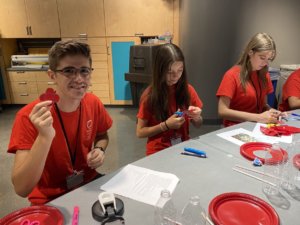
Step 2: Use the drill to create a hole in the top of each bottle cap that is just wide enough for a straw to fit through.
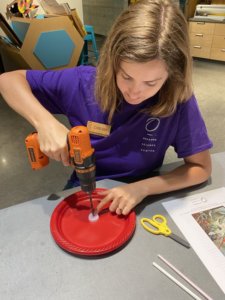
Step 3: Punch a hole in the center of each red plastic flower and thread each one onto the end of a straw. Insert the straw into the cap of a bottle and seal with white glue. Make sure the bend of the straw is just outside the cap opening so the straw bends at an angle as it comes out of the bottle. This is where the hummingbird will drink from!
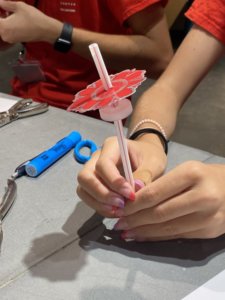
Step 4: Arrange the flower so it is at the end of the staw's bend to attract the hummingbirds. Glue in place. (You'll need to remove the cap to add nectar to the bottles, so keep that in mind as you apply glue!).
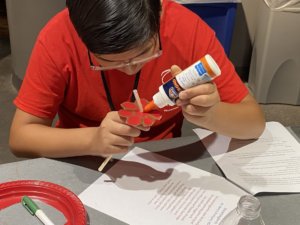
Step 5: Allow to dry overnight.
Step 6: Once set, wrap the wire around the neck of a bottle, then pull it up to create a hanger for the bottle.
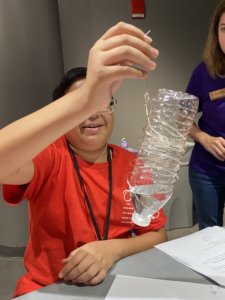
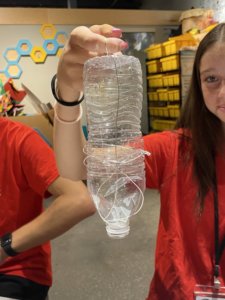
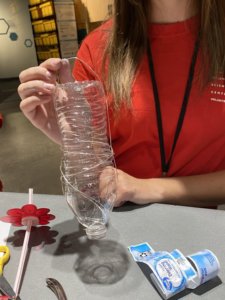
Step 7: You can attach all three of your bottles together in a pyramid shape to create a larger feeding station! Use the rubber band to go around the top and hold the bottles together.
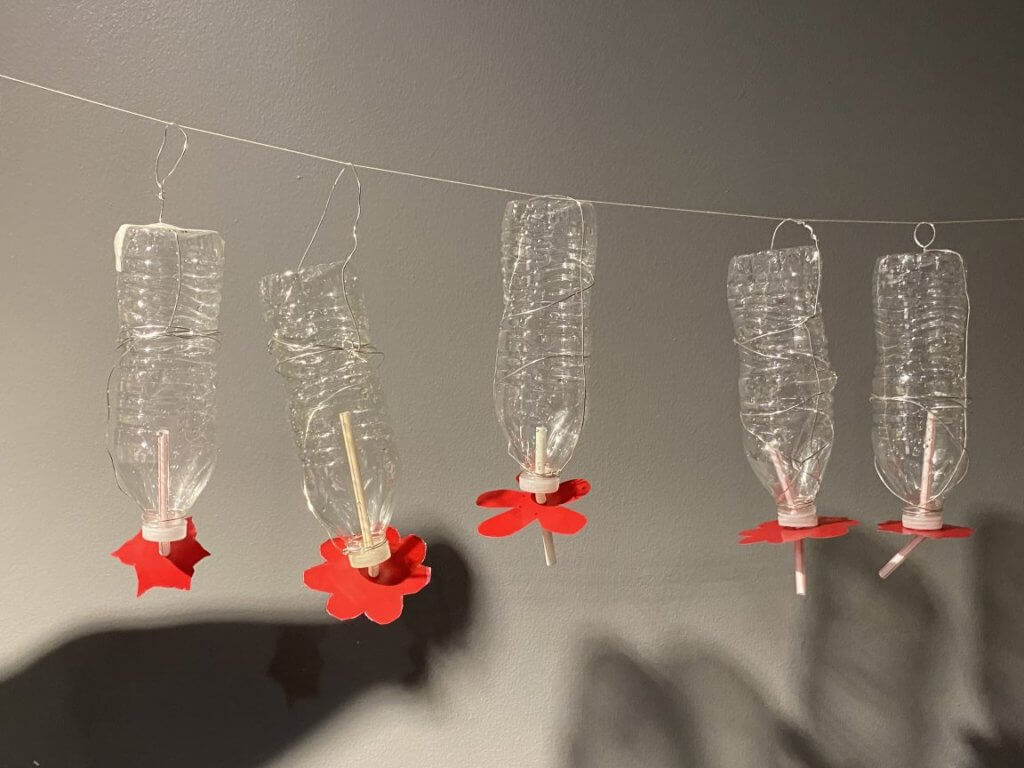
Make Your Own Hummingbird Nectar
During hot, dry weather, when hummingbirds risk dehydration, it's best to make your nectar mixture no stronger than a quarter cup of sugar per cut of water.
Recipe:
- 1 cup hot water
- 1/4 cup white table sugar
Steps:
- Mix sugar with hot water until completely dissolved.
- Let cool to room temperature.
- Add mixture to hummingbird feeder!

